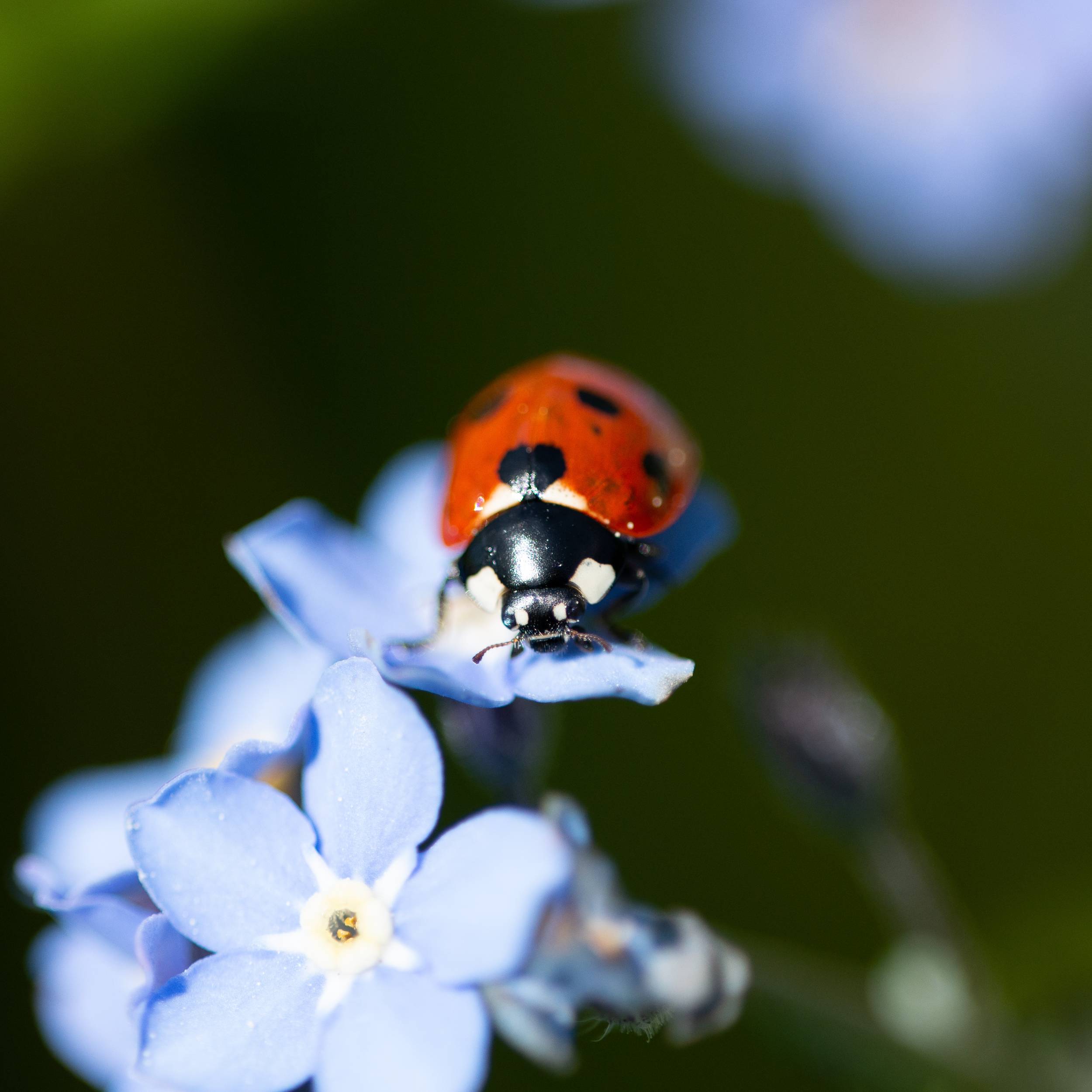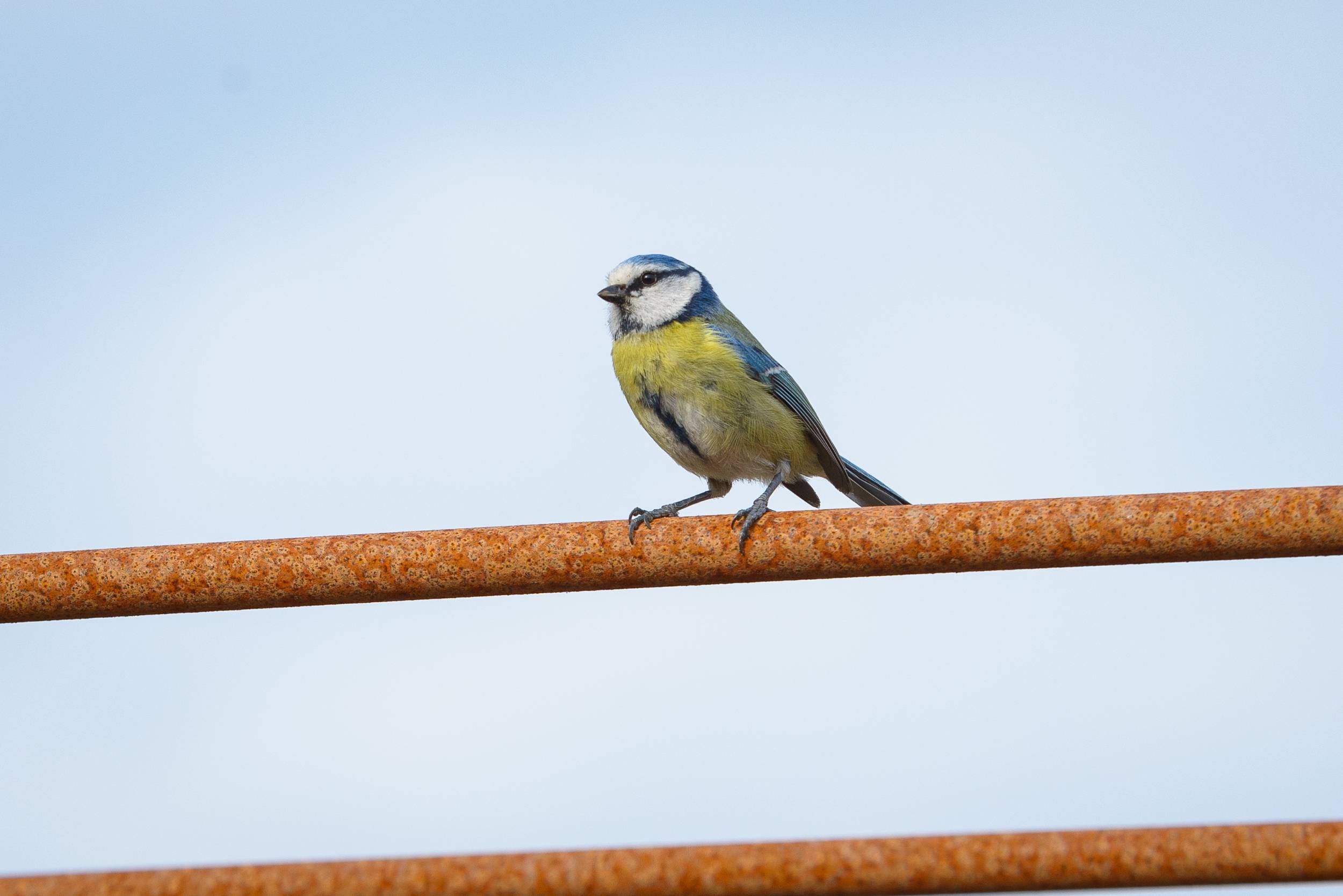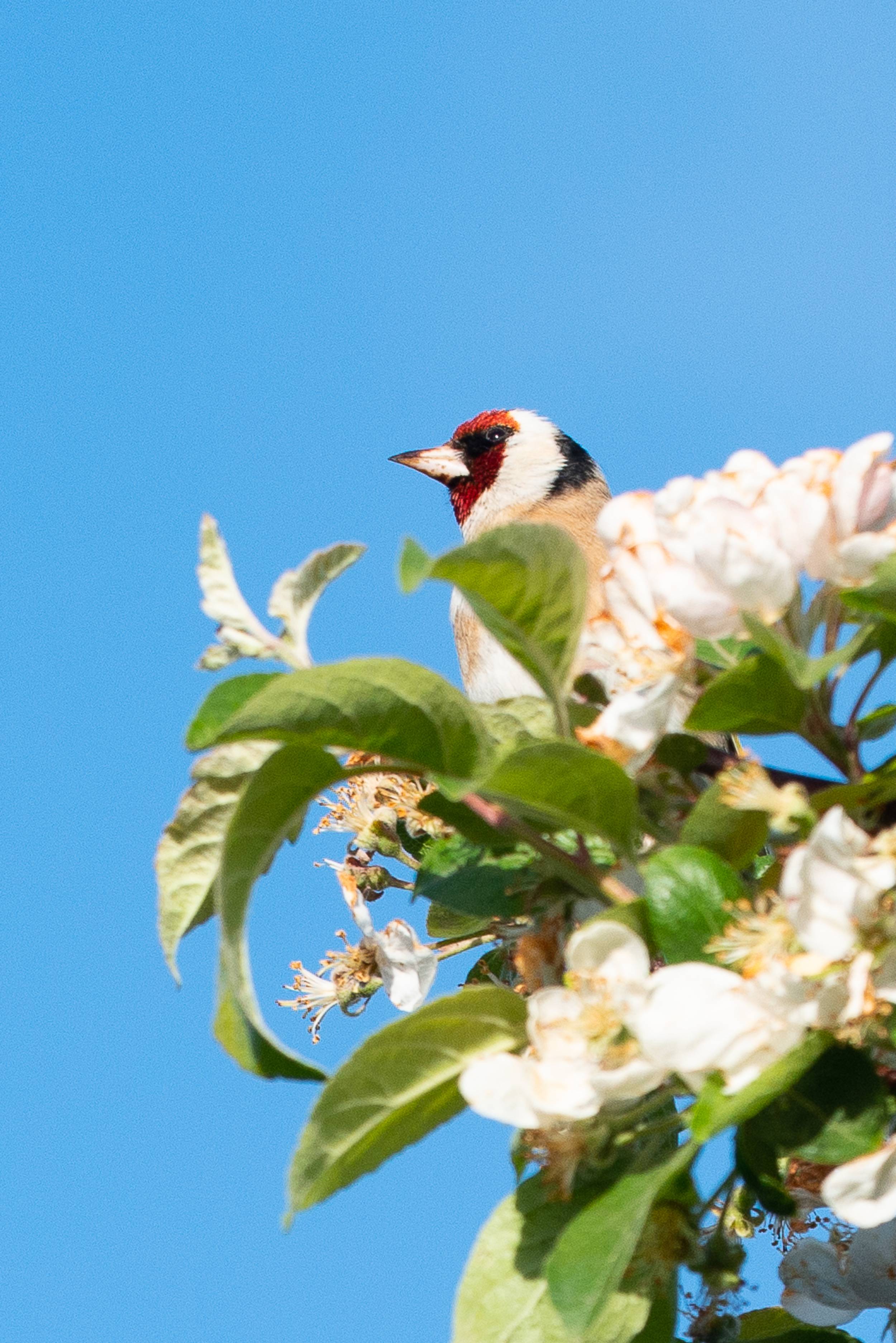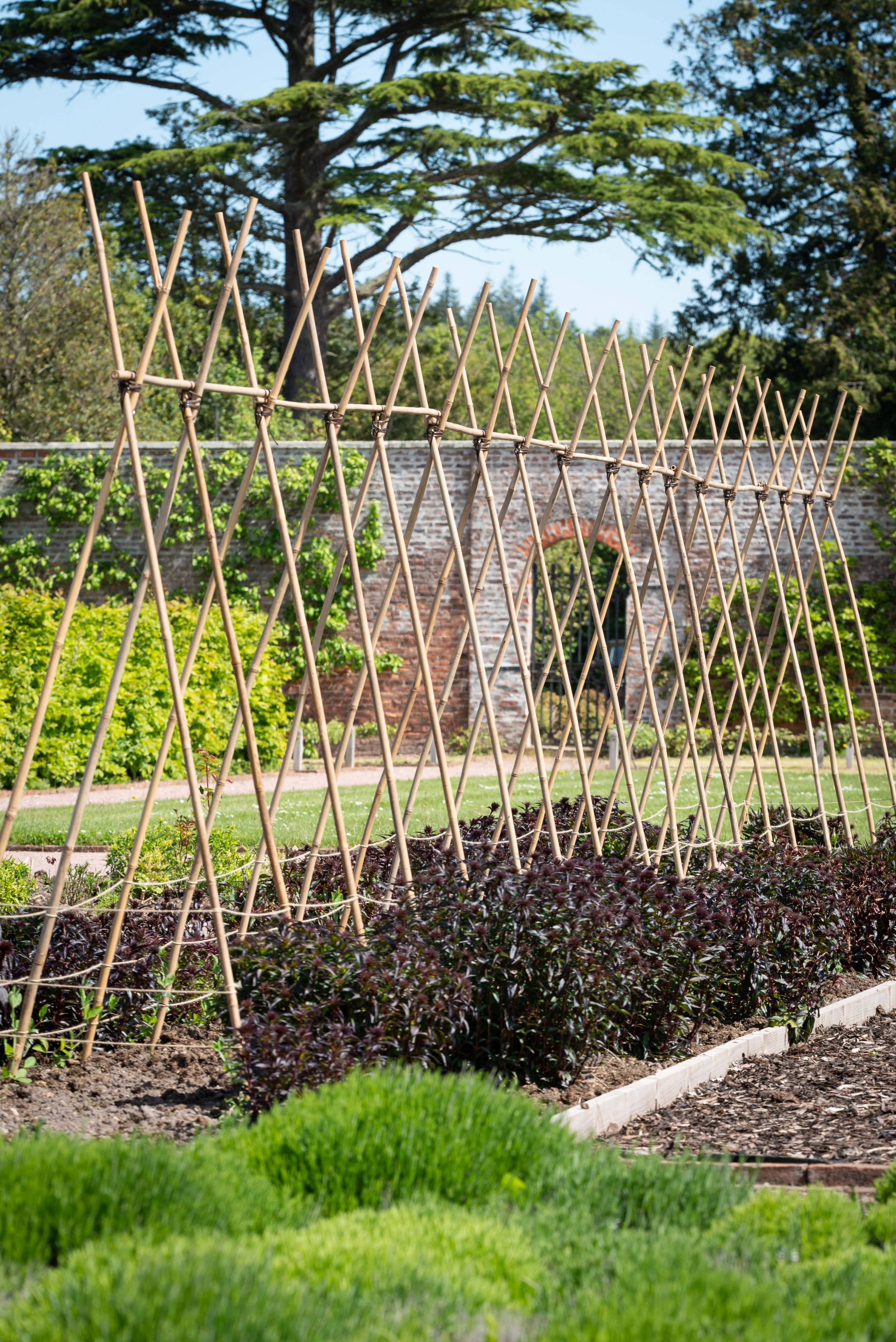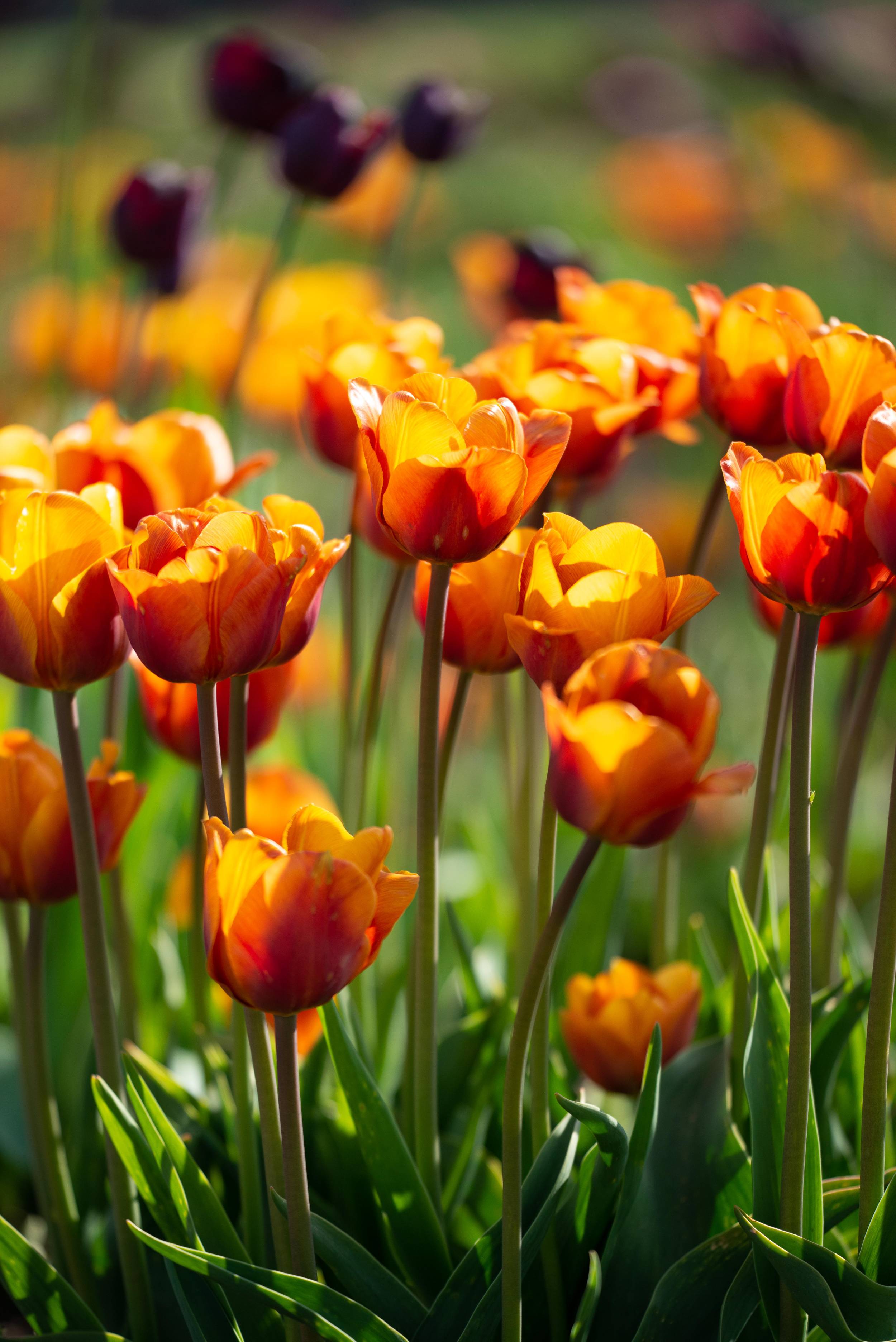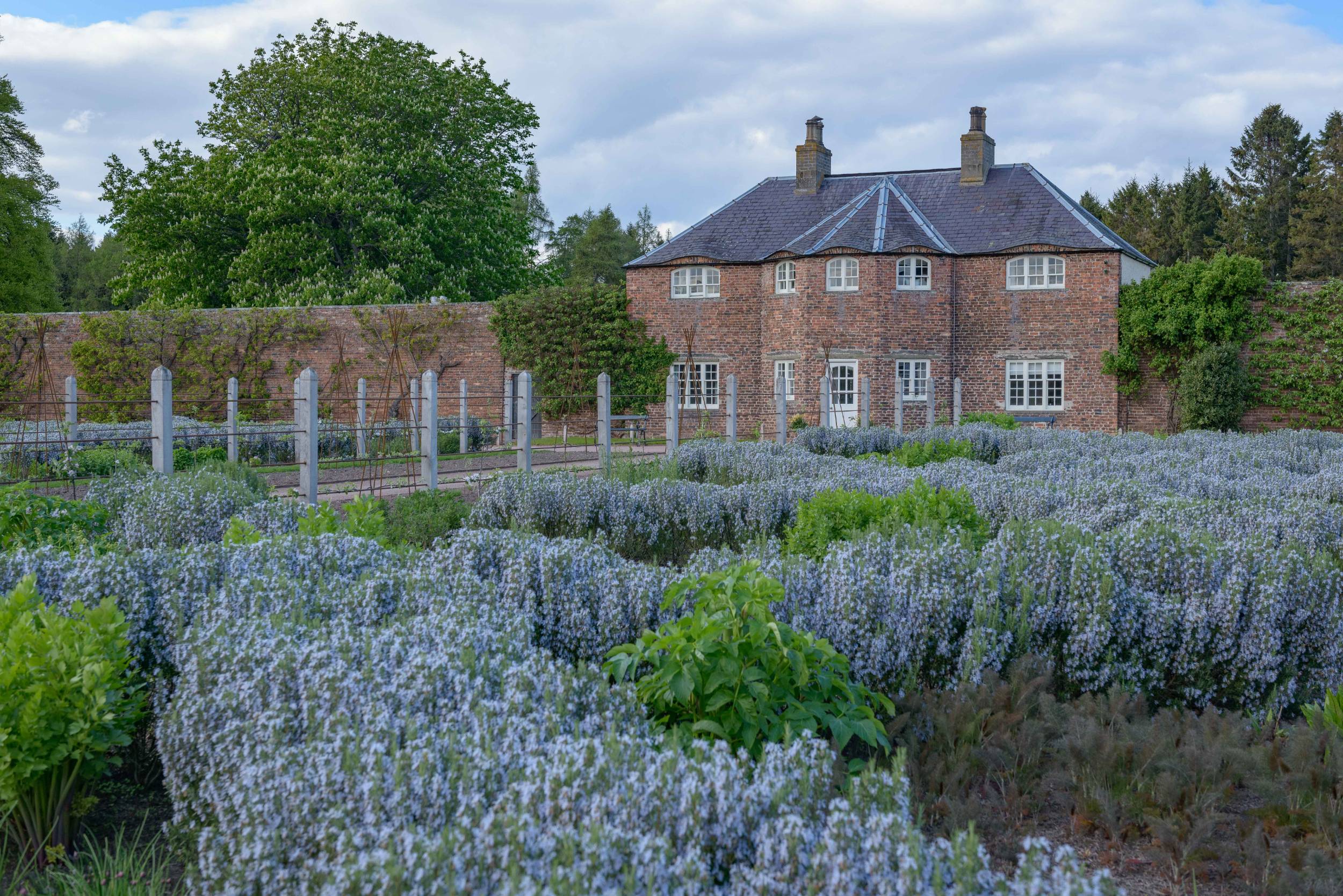The Diversity of Life
One of the benefits of working as a gardener is that you have to time to notice changes and rhythms in the natural world. This year we’ve seen a big increase in the numbers of both insects and birds in the garden. We’ve been invaded by ladybirds! A mild winter and warm spring have brought them out of hibernation in droves and we’re very glad to see them feasting on the aphids that have ruined our crop of tulips in the cut flower beds. Every garden has its own ecosystem with each different layer of life connected to the next. The fungus and bacteria in the soil support plants that in turn feed the insects that feed the birds and small mammals that then feed the bigger animals such as buzzards, owls and foxes.
What we do as gardeners can make a huge difference the balance of life in the garden. Over the years we’ve been trying to encourage more insects by planting wild flowers, using less pesticides and by gardening in a more organic way, and It seems that this year all of our hard work has paid off. We’ve been blessed with a huge variety of birds coming into the walled garden and making it their home. Alongside the regular visitors (oystercatchers, swallows and robins) we’ve seen blue tits, chaffinches, thrushes and we even have some wagtails nesting in our bug hotel in the play area.
The spring display seems to have come and gone in the blink of an eye this season, the daffodils and tulips flowered their socks off and disappeared by the beginning of the month. Even though the fruit blossom is almost finished, the bees have done their job and our trees are laden with fruit, we’re all set for a heavy crop this year. The herb beds are looking lovely at them moment. Full of flavoursome and fragrant plants, they are as beautiful as they are productive, the cloud pruned rosemary hedges are covered with sky blue flowers making them look like rivers winding their way through the plants. We love to see the chefs making their way through the herbs, foraging for flowers and leaves to brighten up their dishes.
Now is a great time to plant out sweet peas, being hardy annuals we could have planted them much earlier, but if you wait until May they hit the ground running and soon shoot up their wigwams. Building a wigwam is dead easy and if done properly should be strong enough to take the weight of the plants and stand up to strong winds. The first step is to put down a tape measure along the length of your plot and use a strong stick or ideally a metal bar to make a row of holes 1 foot deep and 2 feet apart, make another row of holes opposite the first ones 2 feet away. Push eight foot canes into all of the holes and use the heal for your foot to firm them in. Cross each pair of canes over each other and tie them together as tightly as you can about five and a half feet from the ground, if you don’t tie them tightly the whole structure will collapse later in the year! Finally place canes horizontally into the ‘V’ of each pair and again tie them tightly to brace up the whole structure. As well as sweet peas, wigwams are really useful for runner beans, climbing French beans or even Morning Glory.
May has to be one of our busiest months and we’re making the most of the lovely hot and dry weather to plant out hundreds of flower, herb and vegetable plants, it’s a race against time to get them all in the ground before they out-grow their pots! We’re a little late in the veg beds this year, there seemed little point sowing into bone dry soil, so we waited for the more clement conditions and it seems at last we’re getting some proper ‘growing’ weather. We’ve seeded rows of carrots, parsnips, beetroot and planted out cabbages, broccoli and cauliflower and there’s plenty more to come! The brown neatly raked soil is giving way to the lush green of young plants and it’s a great feeling to see the garden fill up again.

